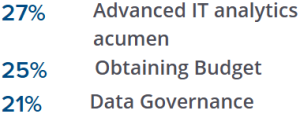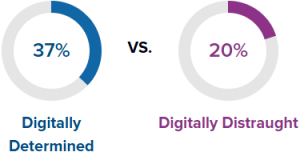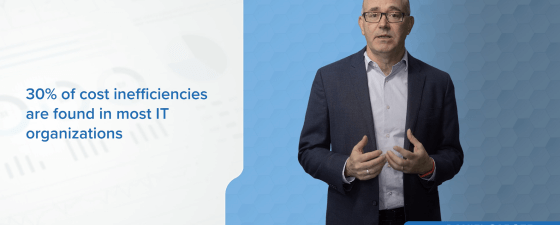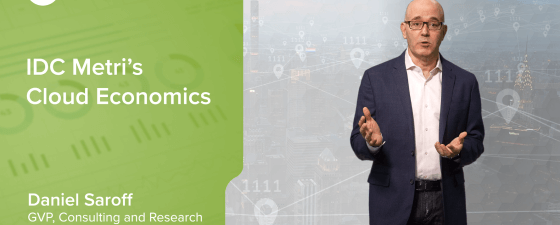Product Development
It is important for all the varied stakeholders — from business leaders and product managers to IT professionals and marketers — to realize that this is a very different endeavor from traditional data management. This is a new product development process. You’ll need a thorough plan to create an effective data-as-a-service offering.
What:
This module will help CIOs and other high-level IT leaders undertake a new product development process that is very different than traditional data management, following clear steps: Strategy, Financials, Offering, Resources, and Measuring Success.
Why:
Stakeholders need to craft a thorough plan to prepare and mitigate the risks of a data-as-a-service offering. Understanding the appropriate features, technologies, and vendors is crucial to this new type of product development.
How:
Developing a data-as-a-service offering includes the following steps:
- Create Data as a Service Offerings (DaaS)
- Identify the Technology Required to support a DaaS Offering
- Identify potential vendors and partners if needed for Daas








